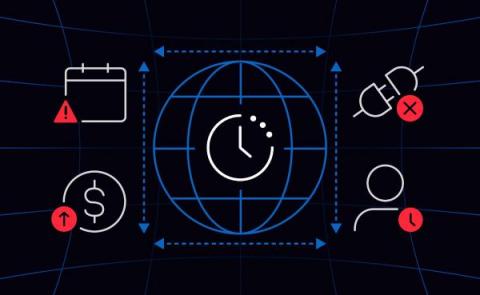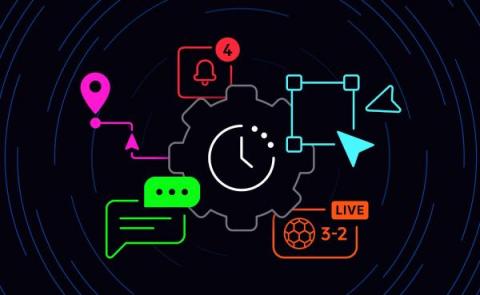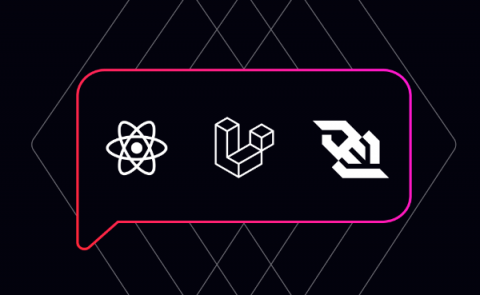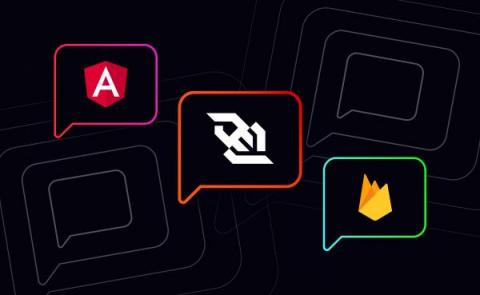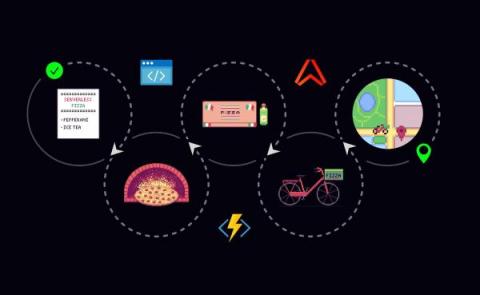Building realtime infrastructure: Costs and challenges
Realtime digital experiences are in high demand. They keep users engaged, informed, and entertained in a fast-paced digital world, and they allow businesses to better serve their customers, provide more efficient and effective services, and gain the upper hand over competitors. This is the second post in a series that looks at what it takes to build and deliver realtime experiences for end-users.


